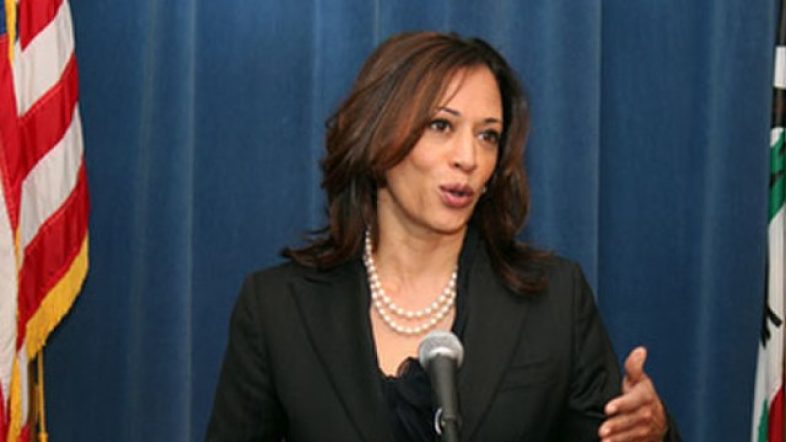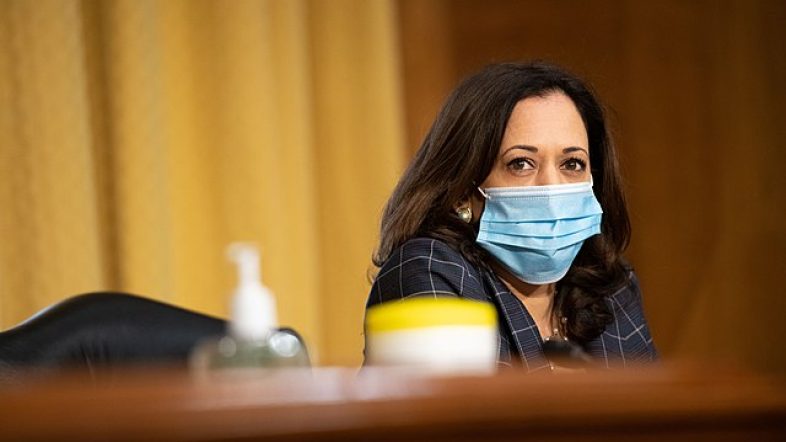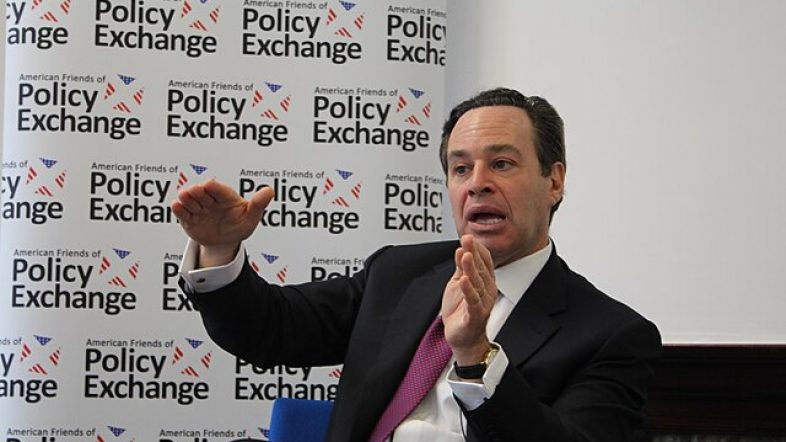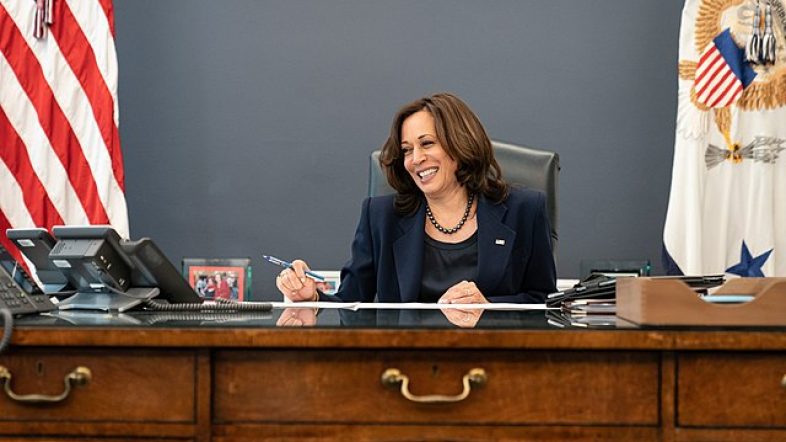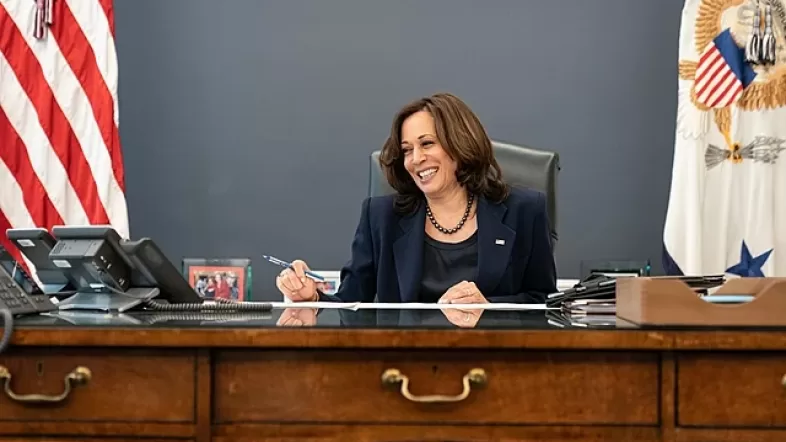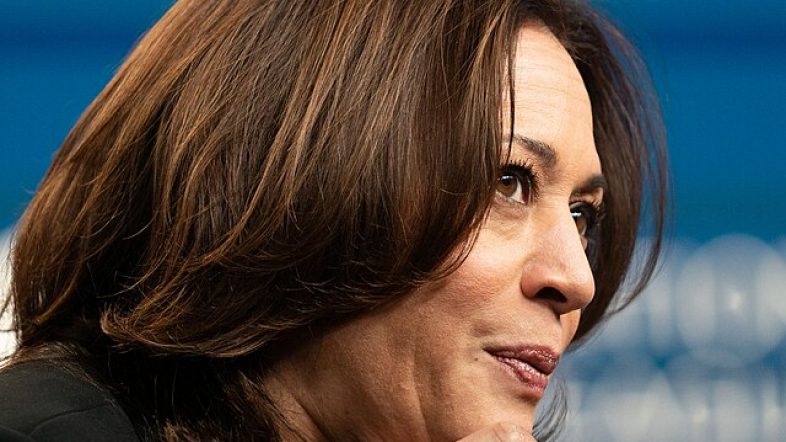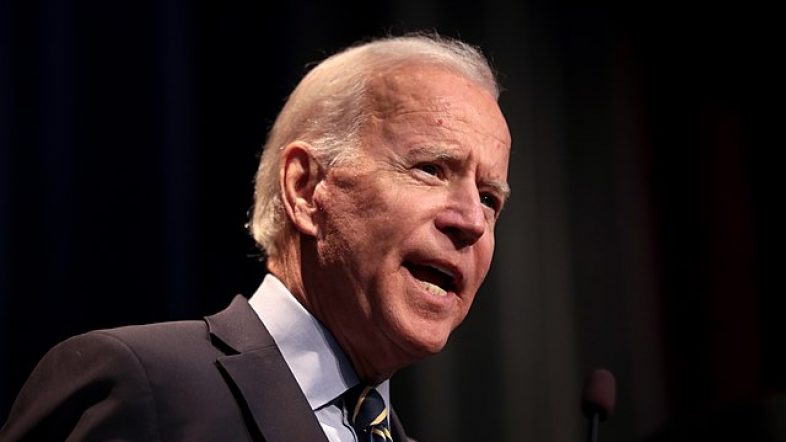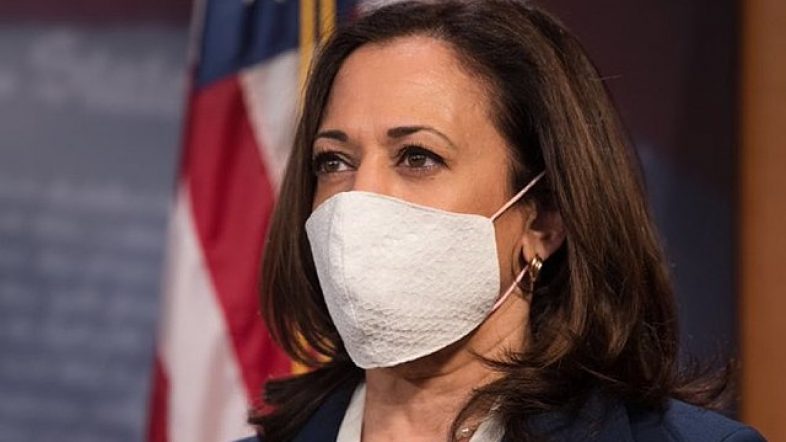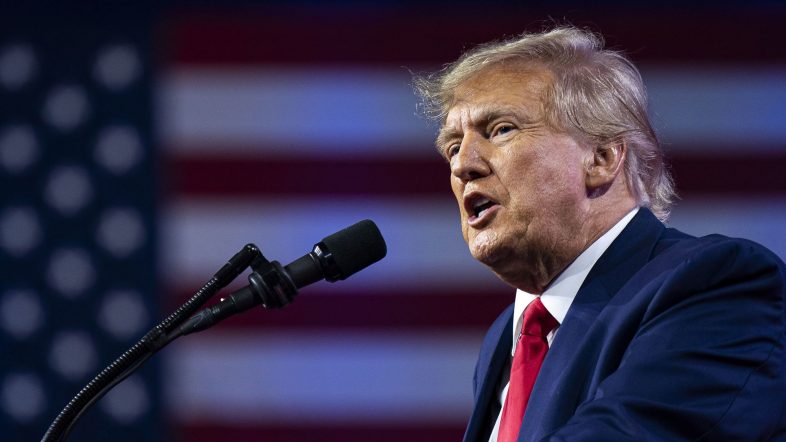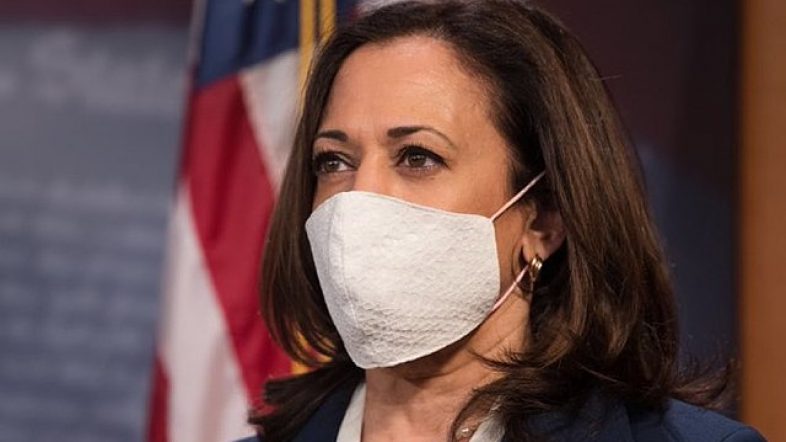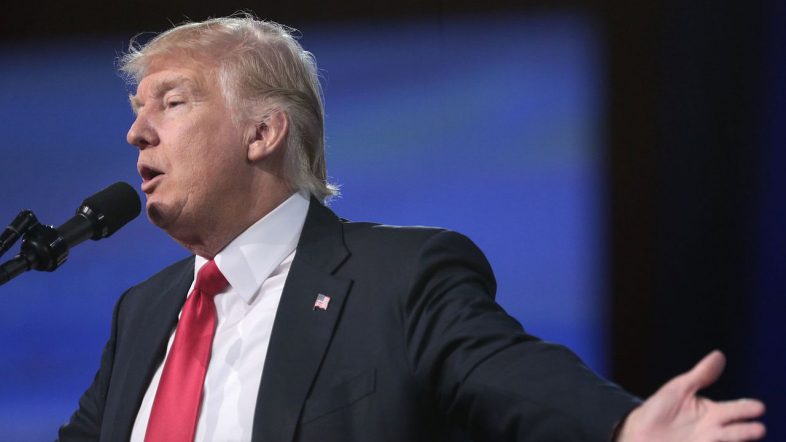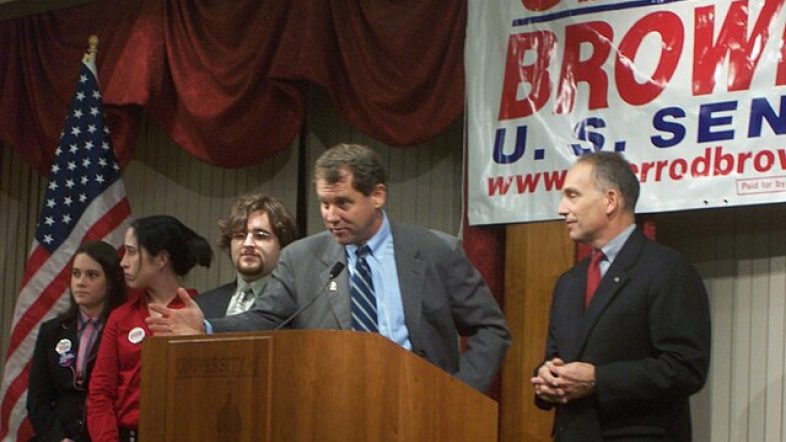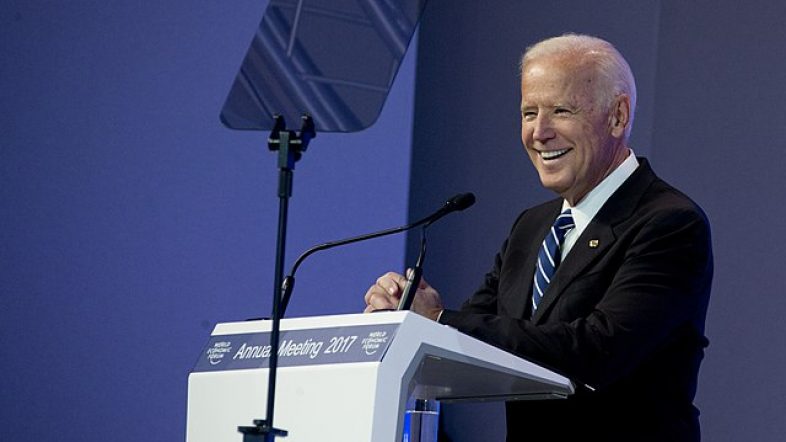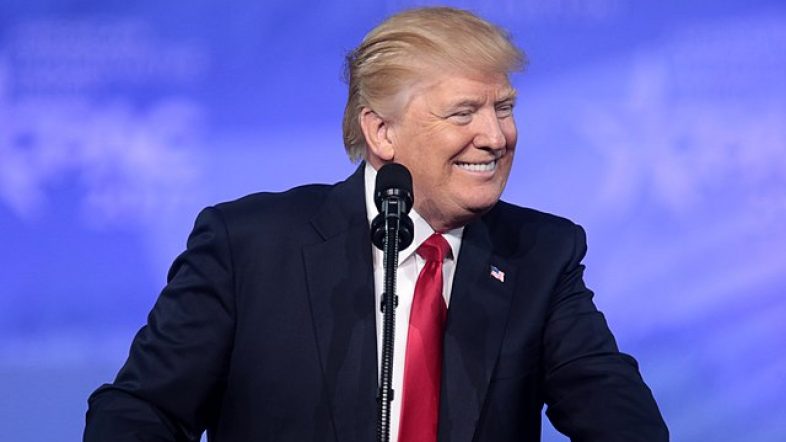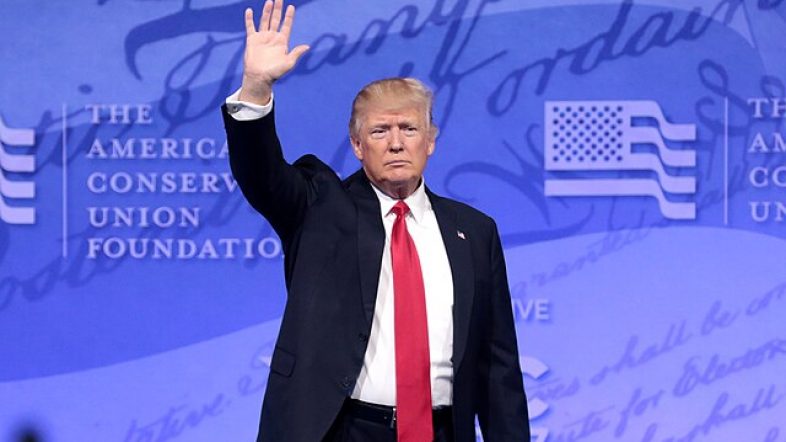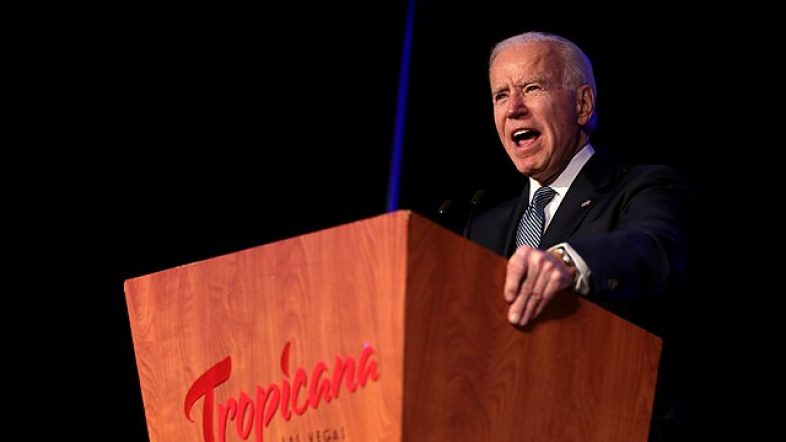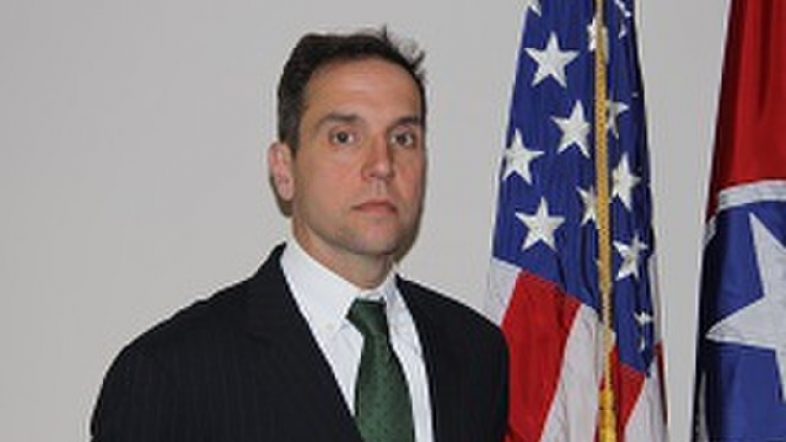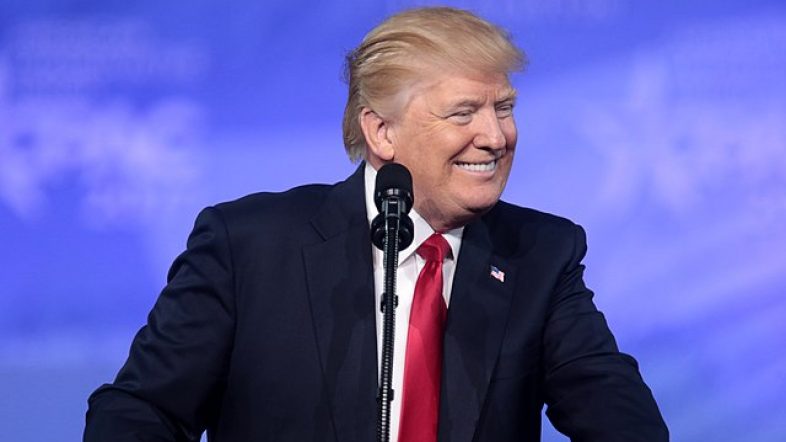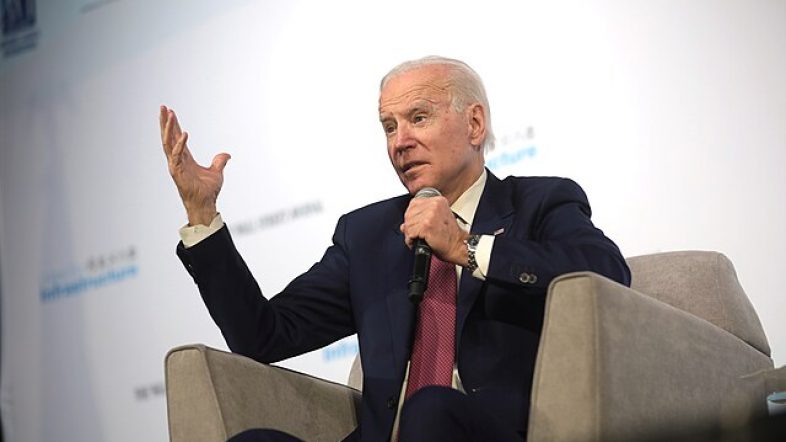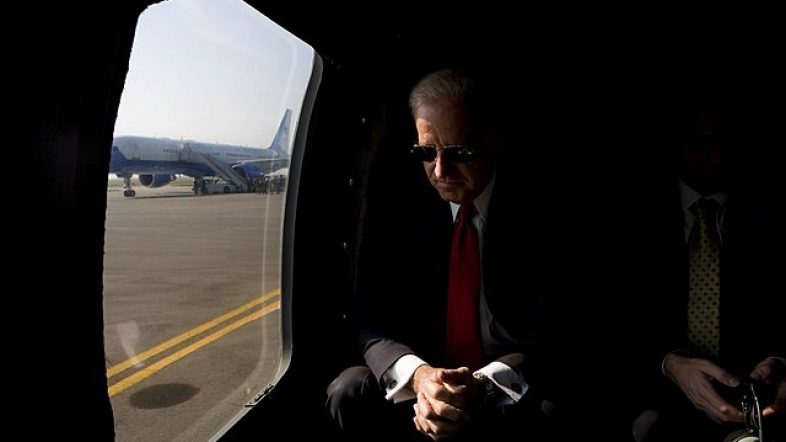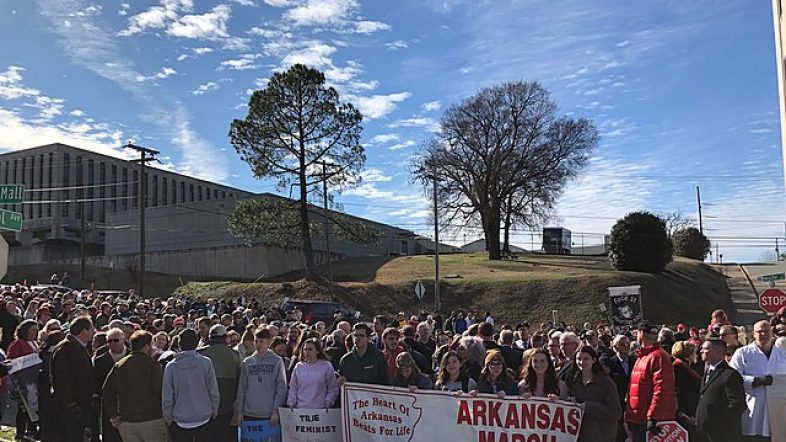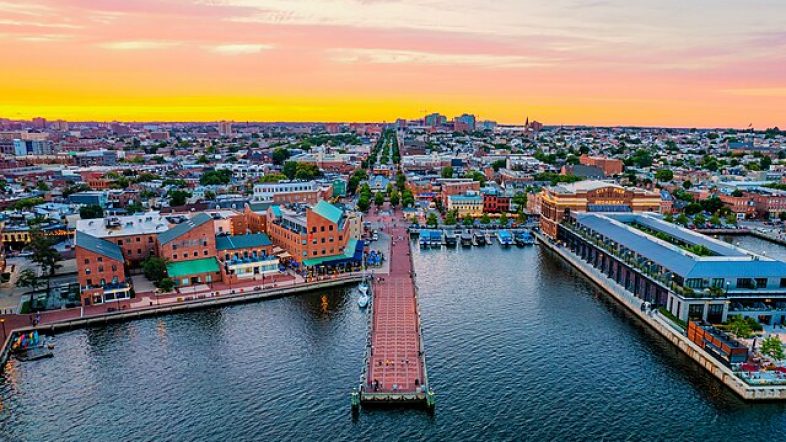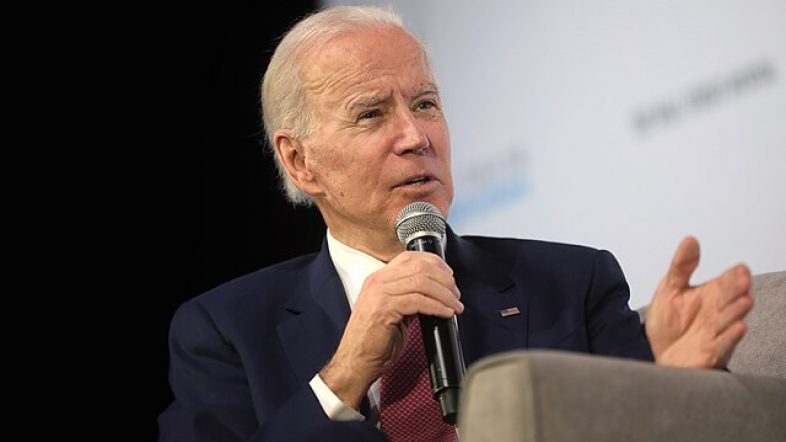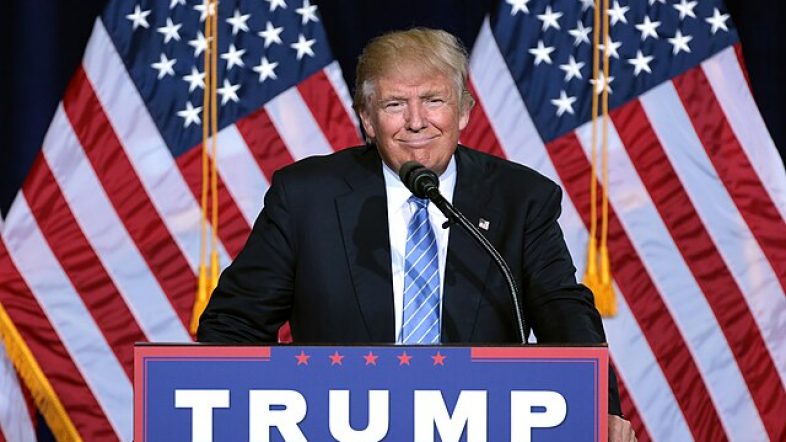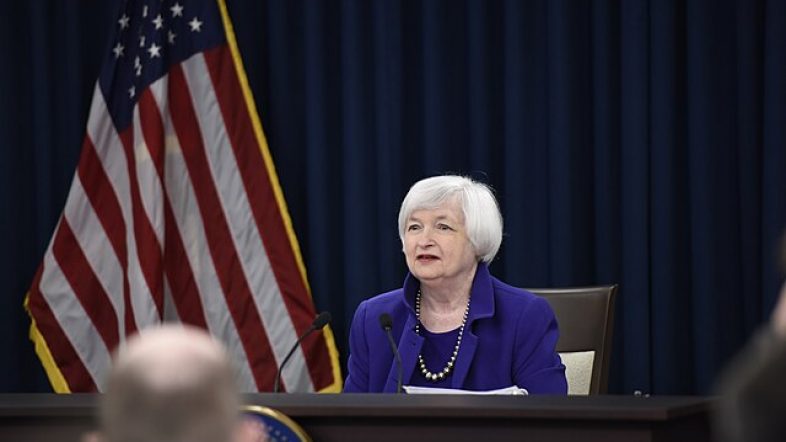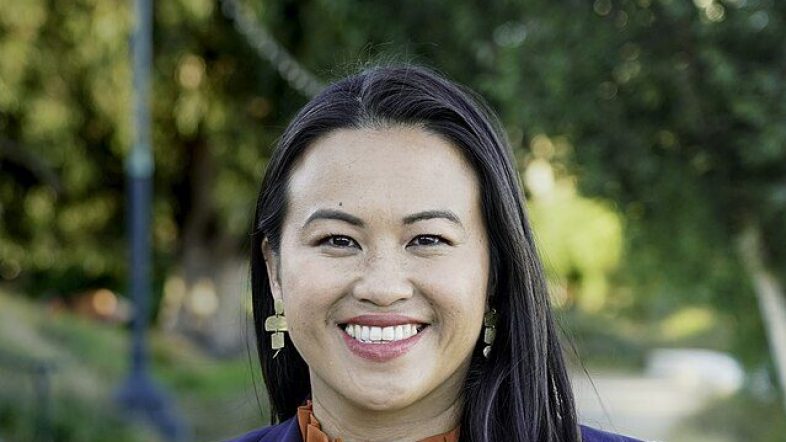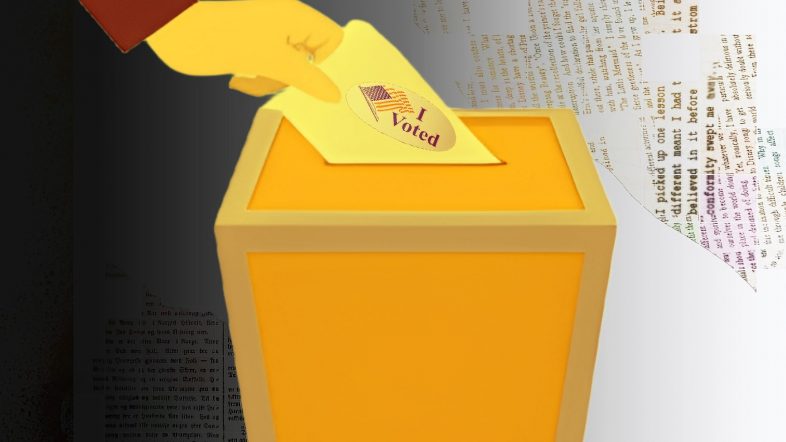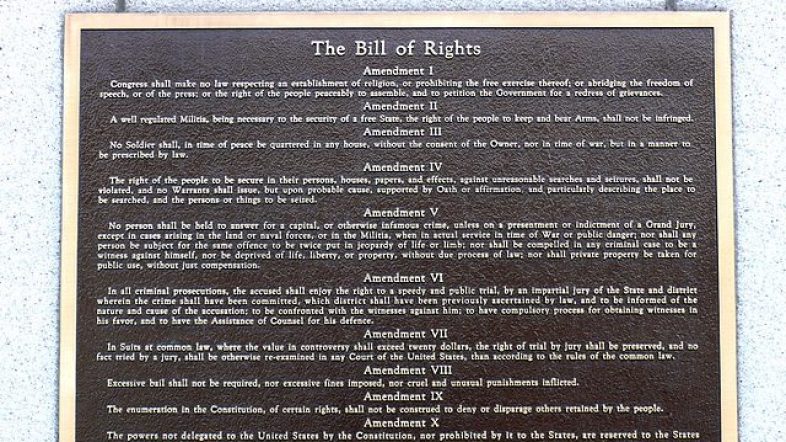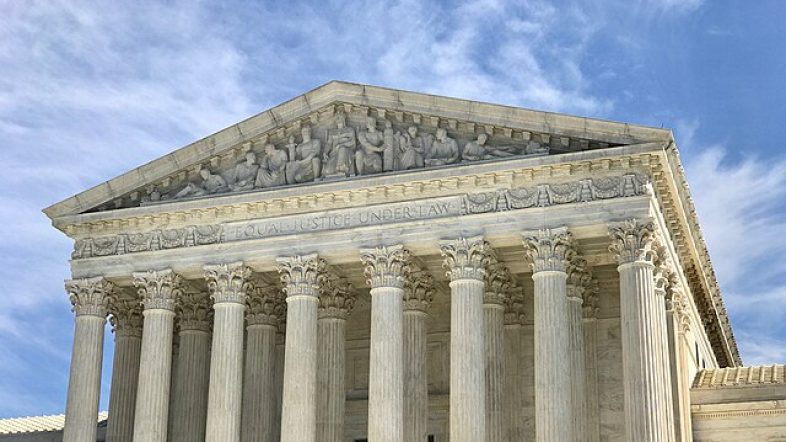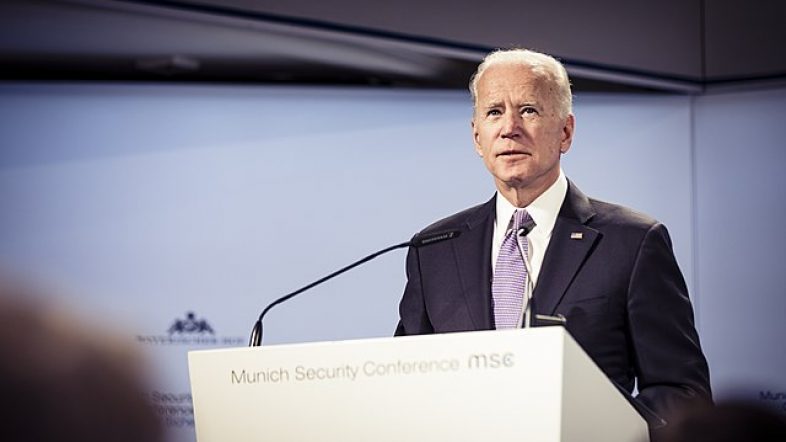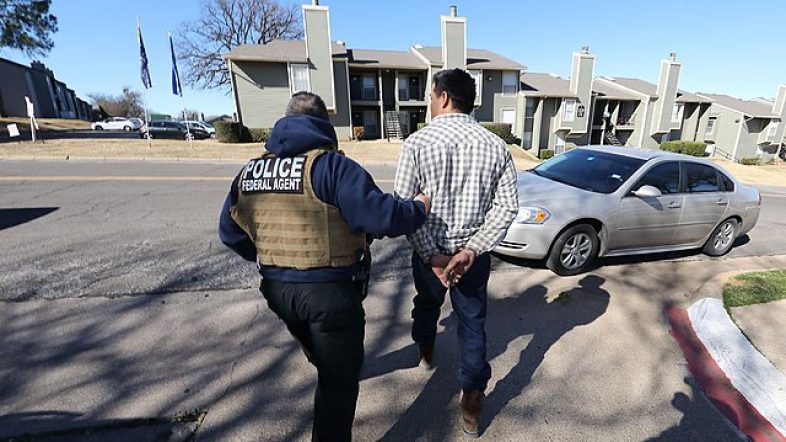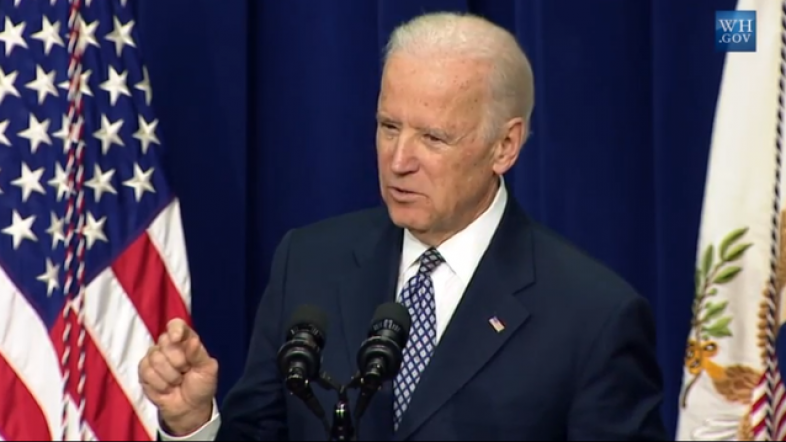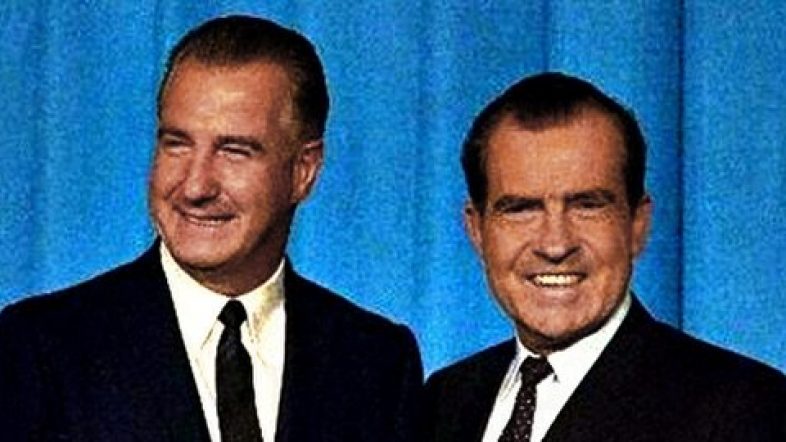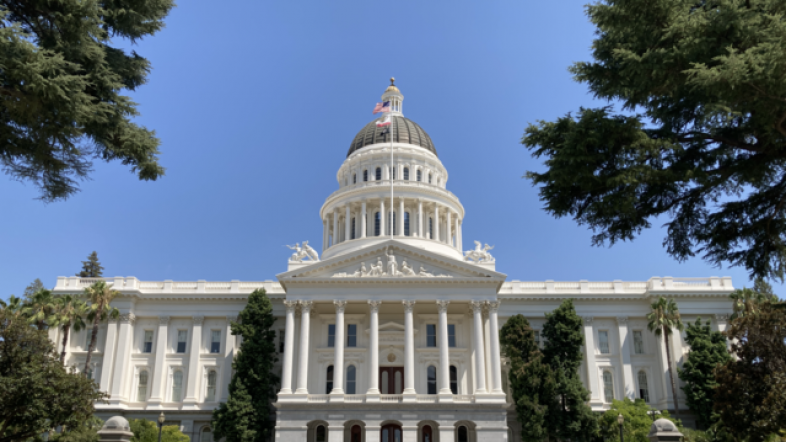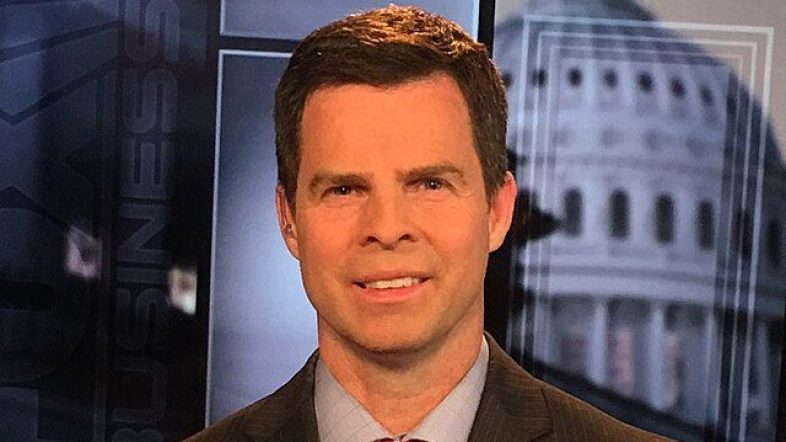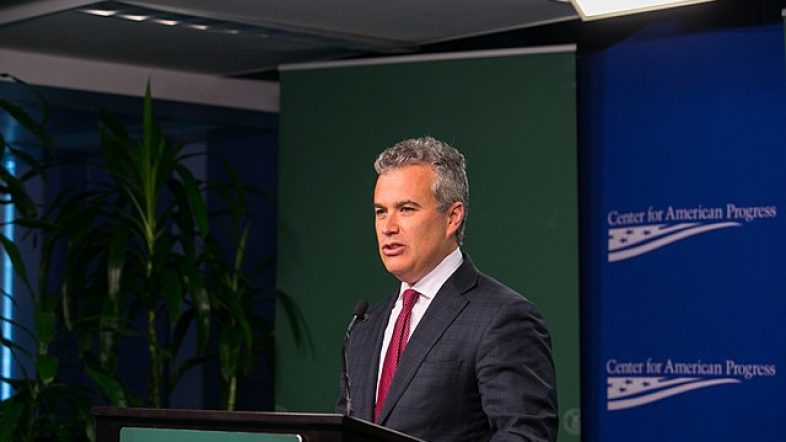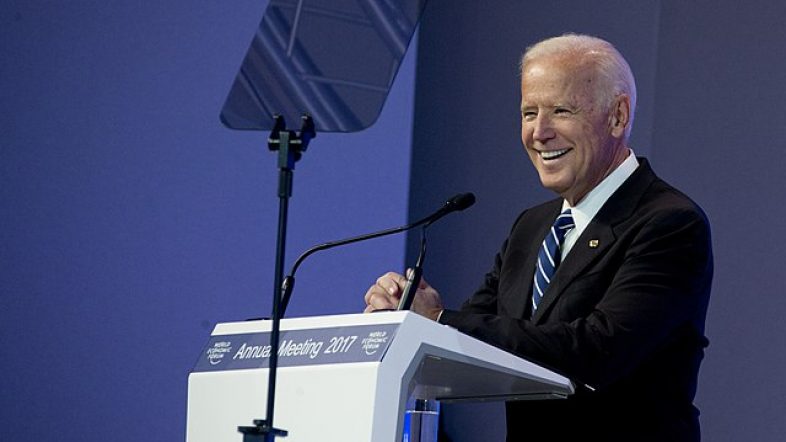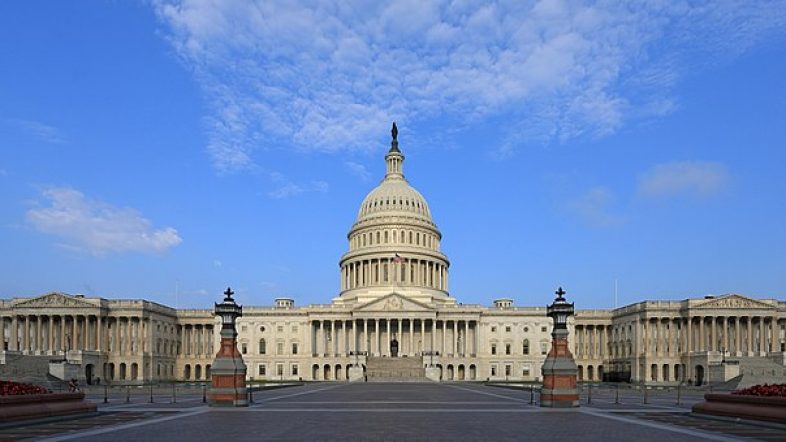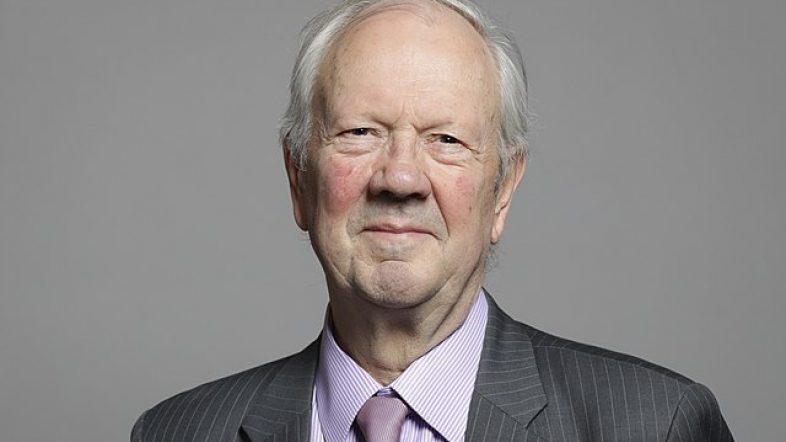Months after the Supreme Court’s Dobbs ruling, the Biden administration is actively seeking ways to protect abortion access for millions of women. But their efforts are running up against stiff state laws which were quickly enacted following the high court’s decision. Biden also sees momentum on his side after a positive midterm showing for Democrats in November. The White House is now looking to reach and help women in states that have strict abortion laws in order to keep the issue on the top of voters minds.
But thankfully, the administration is being held back by “a ban on federal funding for most abortions, a conservative-leaning Supreme Court inclined to rule against abortion rights and a split Congress unwilling to pass legislation on the matter.”
According to the AP:
Since the U.S. Supreme Court decision in June, roughly half the states have some type of abortion restrictions in place, with at least 11 states essentially banning the procedure.
Administration officials are meeting Tuesday and Wednesday with state lawmakers ahead of their 2023 sessions, including in states with more extreme bans on the table, and will discuss safeguarding rights and helping women access care as top issues. The meetings follow sit-downs with roughly nine governors, attorneys general and Democratic state legislators from more than 30 states.
The administration, meanwhile, is implementing Biden’s executive orders signed in July and August that directed federal agencies to push back on abortion restrictions and protect women traveling out of their state to seek one, though some women’s rights advocates say it doesn’t go far enough.
And there are still other avenues left for the administration to explore, said Kathleen Sebelius, a former U.S. health and human services secretary.
HHS might look to wield its power around federal protections for health care providers, life-saving abortions, abortion pills and travel for women in abortion-restricted states, she said. During her tenure, for example, the agency did some policy maneuvering to expand rights for same-sex couples, including a requirement that any hospitals receiving federal funds allow their patients to select a same-sex partner as a visitor, years before gay marriage was legalized.





